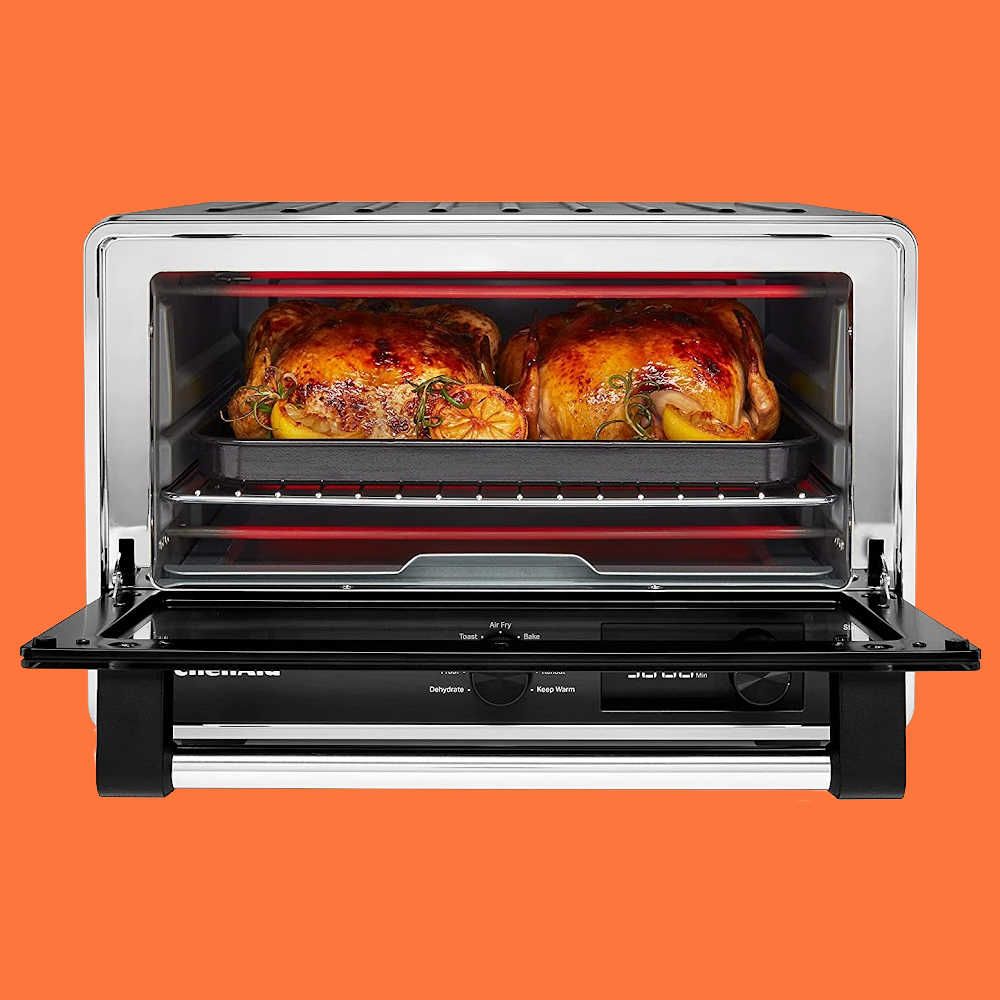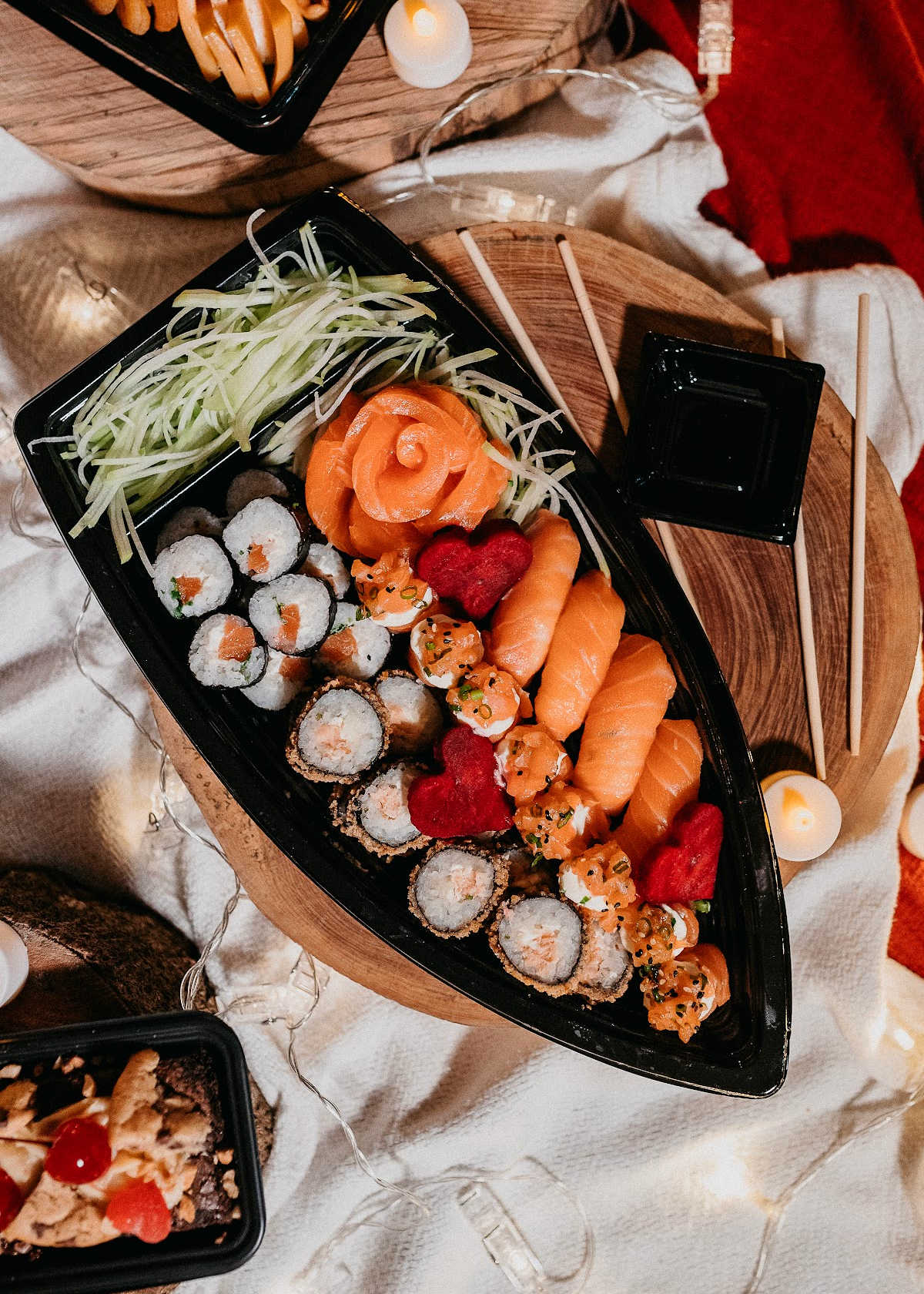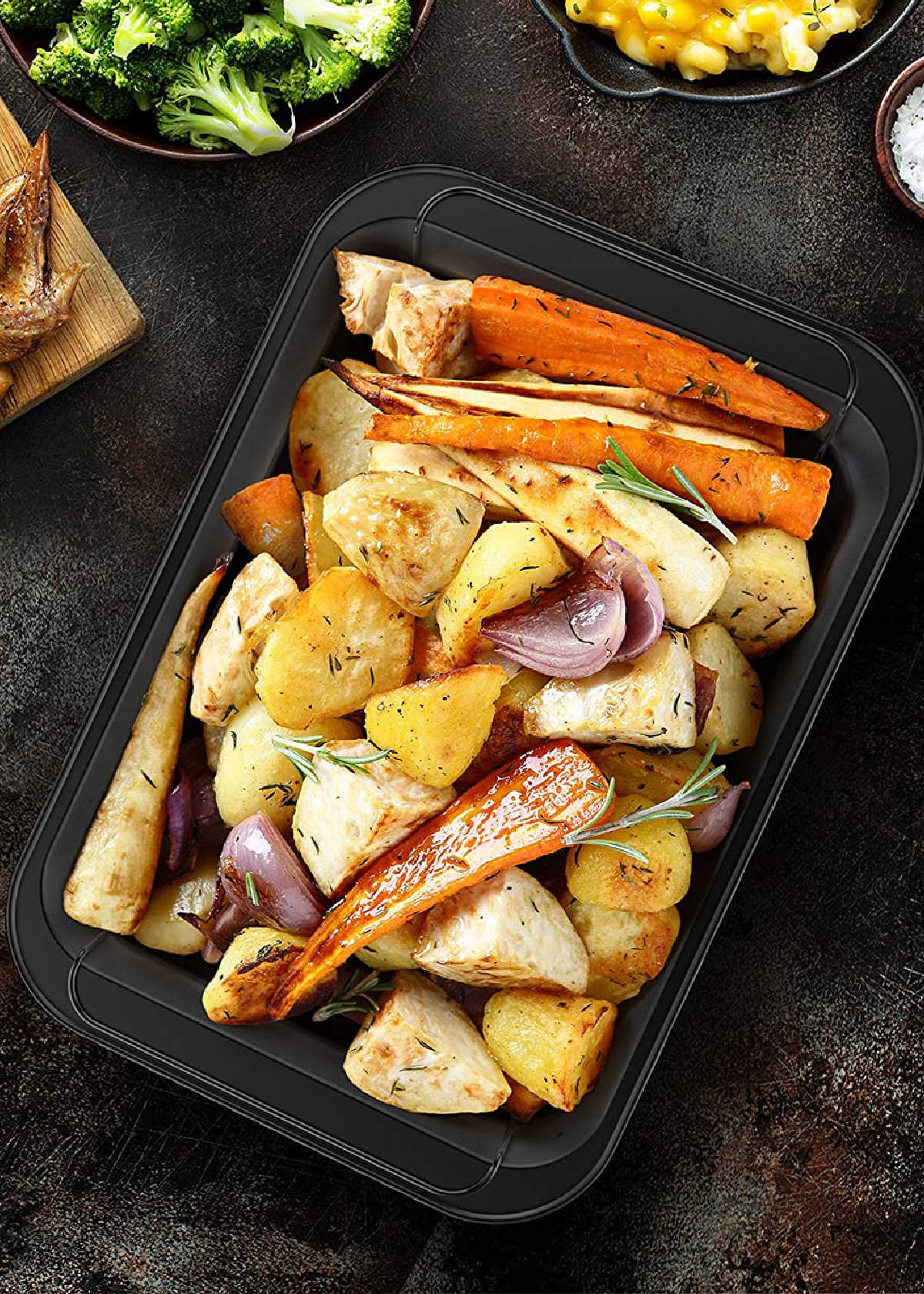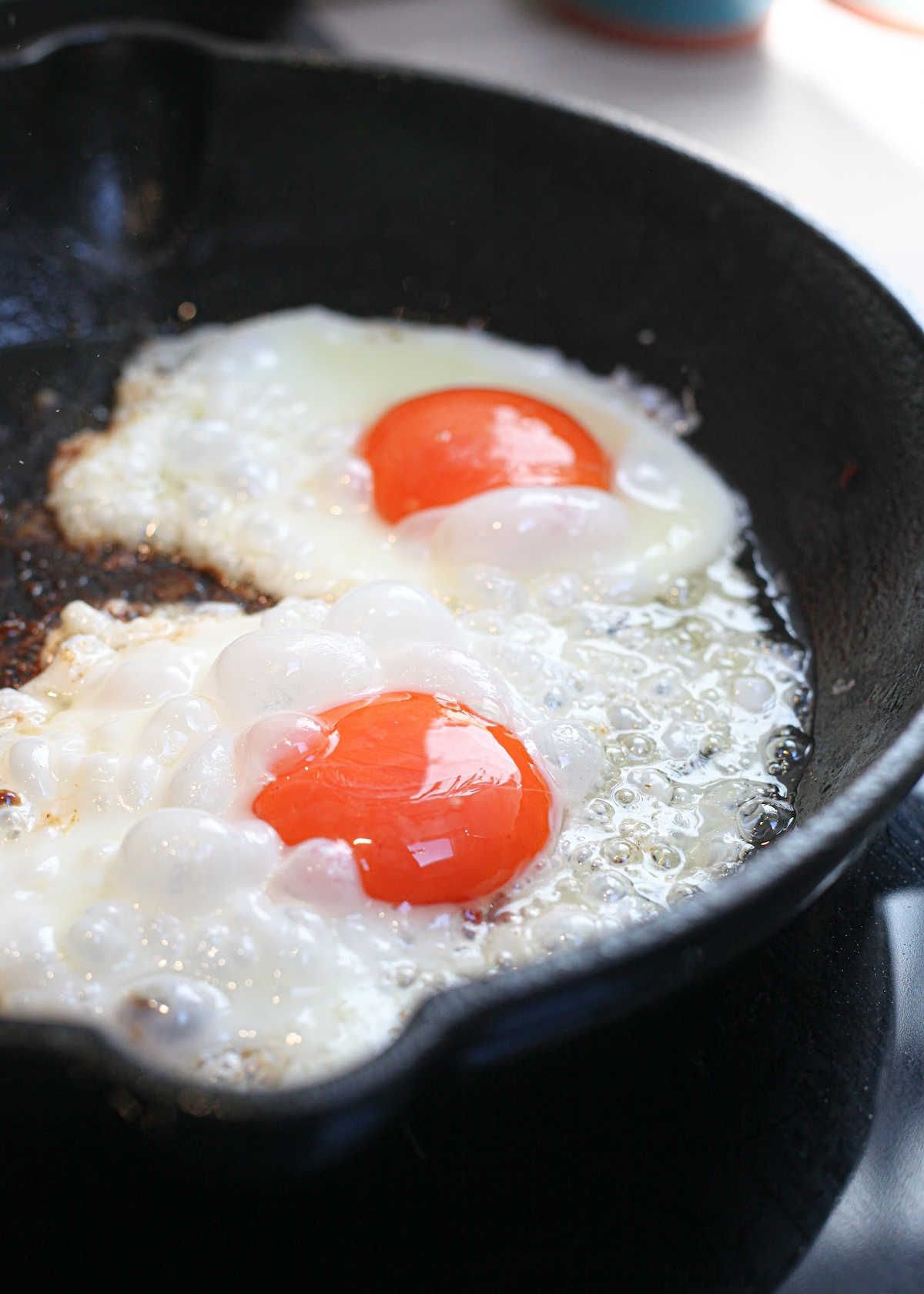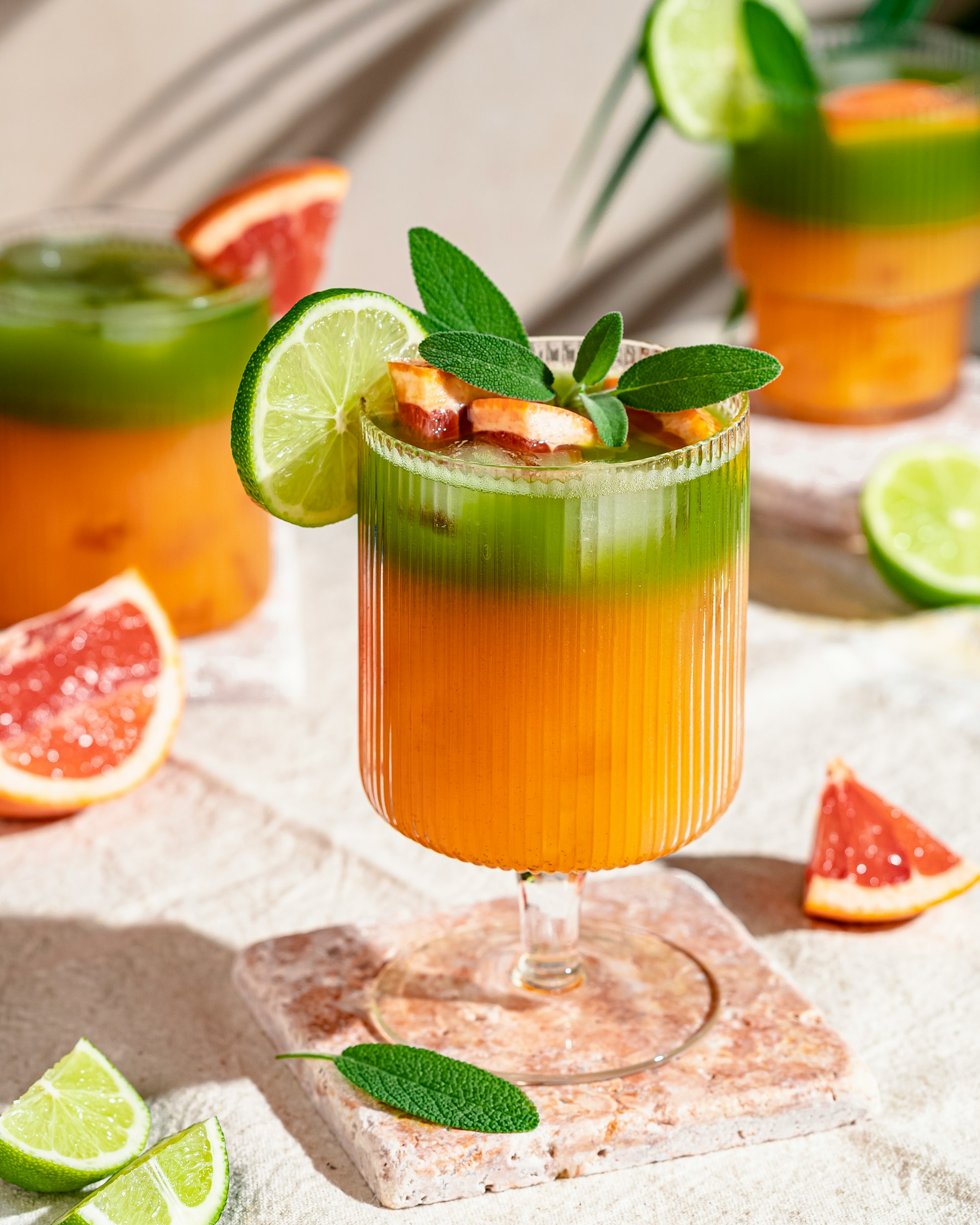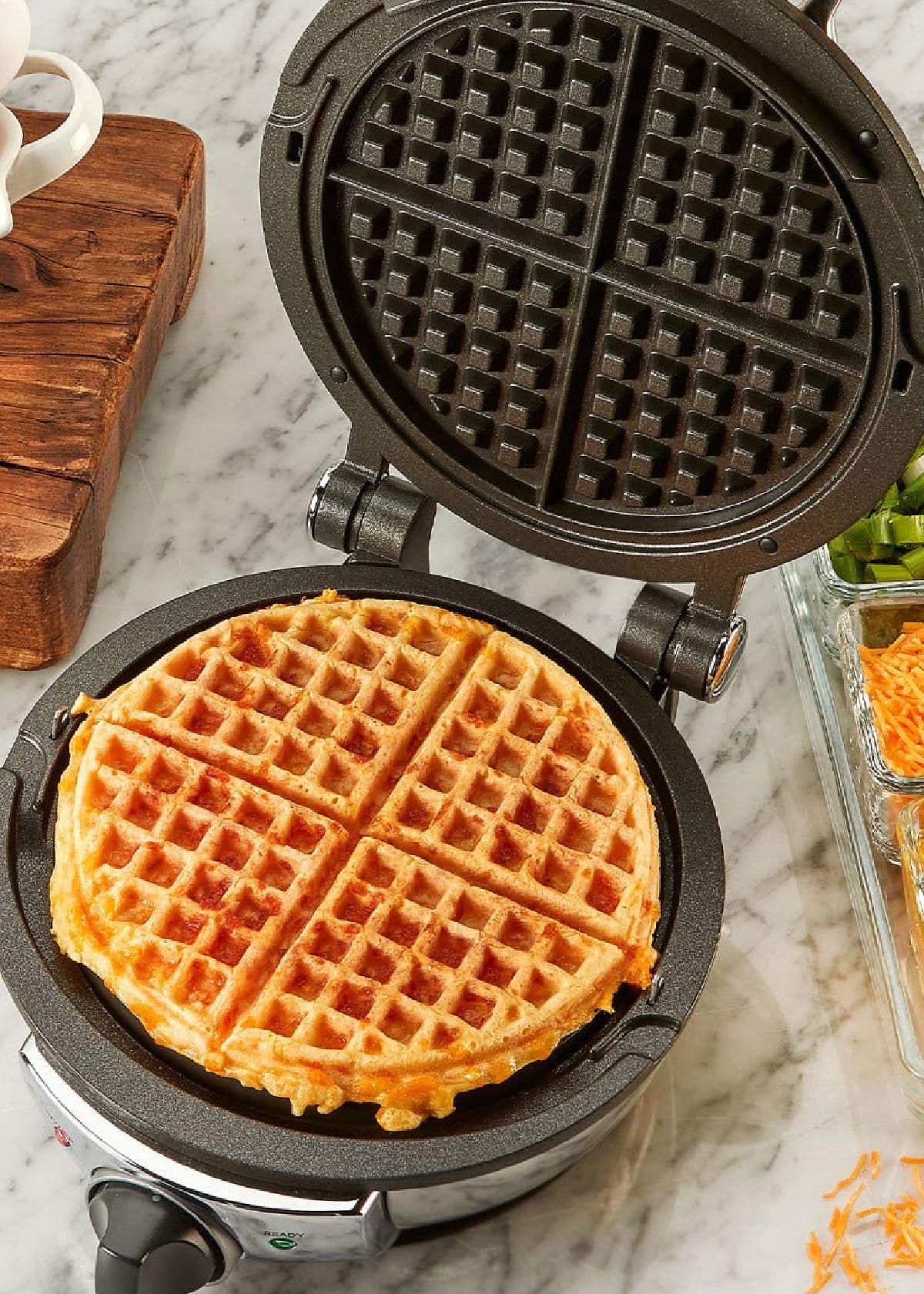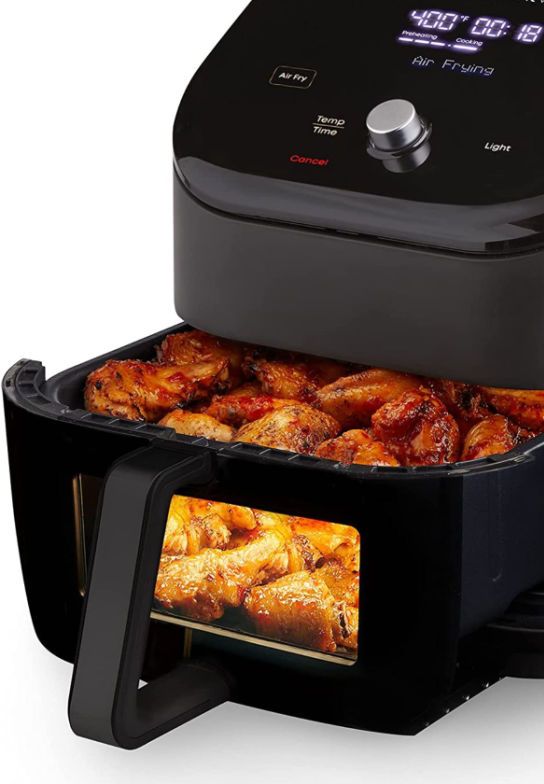Content Summary
With so many options to choose from, selecting the right type of blender can be overwhelming. There is no one-size-fits-all blender.
Each type serves a unique purpose, each type of blender has its pros and cons, and it's important to determine which one will best meet your needs.
Whether you need a blender for quick and easy blending jobs or heavy-duty blending tasks, this guide will provide you with all the information you need to make an informed decision.
We'll delve into 7 different types of blenders and highlight their pros and cons to make your blender-buying journey much easier.


Immersion blenders
1. Immersion Blender
An immersion blender, also called a stick blender or a hand blender, is a versatile appliance that can be used for blending, pureeing, and mixing ingredients. The immersion blender's long shaft and blade make it easy to blend ingredients directly in the pot, bowl, or container.
It is designed for quick and easy blending jobs. If you only need to blend a few things at a time, then an immersion blender is perfect for you. This type of blender is best for blending smaller quantities of food, making soups and sauces.
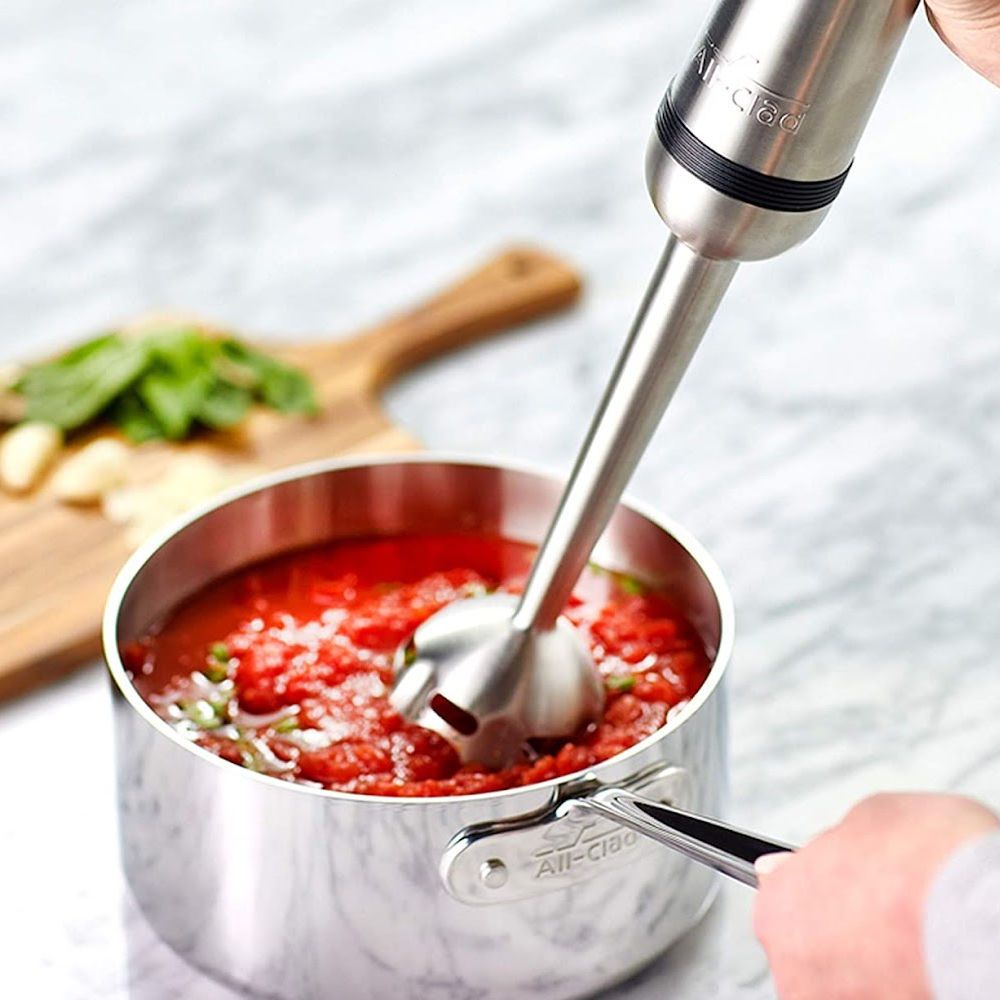
Pros:
- It's lightweight and compact, making it ideal for small kitchens.
- It can do a variety of typical blending jobs, but it can also do some jobs that are usually reserved for a hand mixer, like whipping cream.
- It's also easy to clean and store as it doesn't take up shelf or counter space.
- Its portability is great for making smoothies and shakes on the go.
Cons:
- It lacks the power and speed to handle heavy-duty tasks.
- It's not suitable to handle bigger batches.


(1) Immersion Blender vs Countertop Blender (2)
2. Countertop Blender
A countertop blender is a classic type of blender that can be used for making smoothies, pureeing, and crushing ice. It comes with a large blender jar and a powerful motor to blend ingredients with ease.
This traditional blender is the most common type and can be found in almost every household. Countertop blenders are suitable for making large batches of smoothies, and soups, and crushing ice.
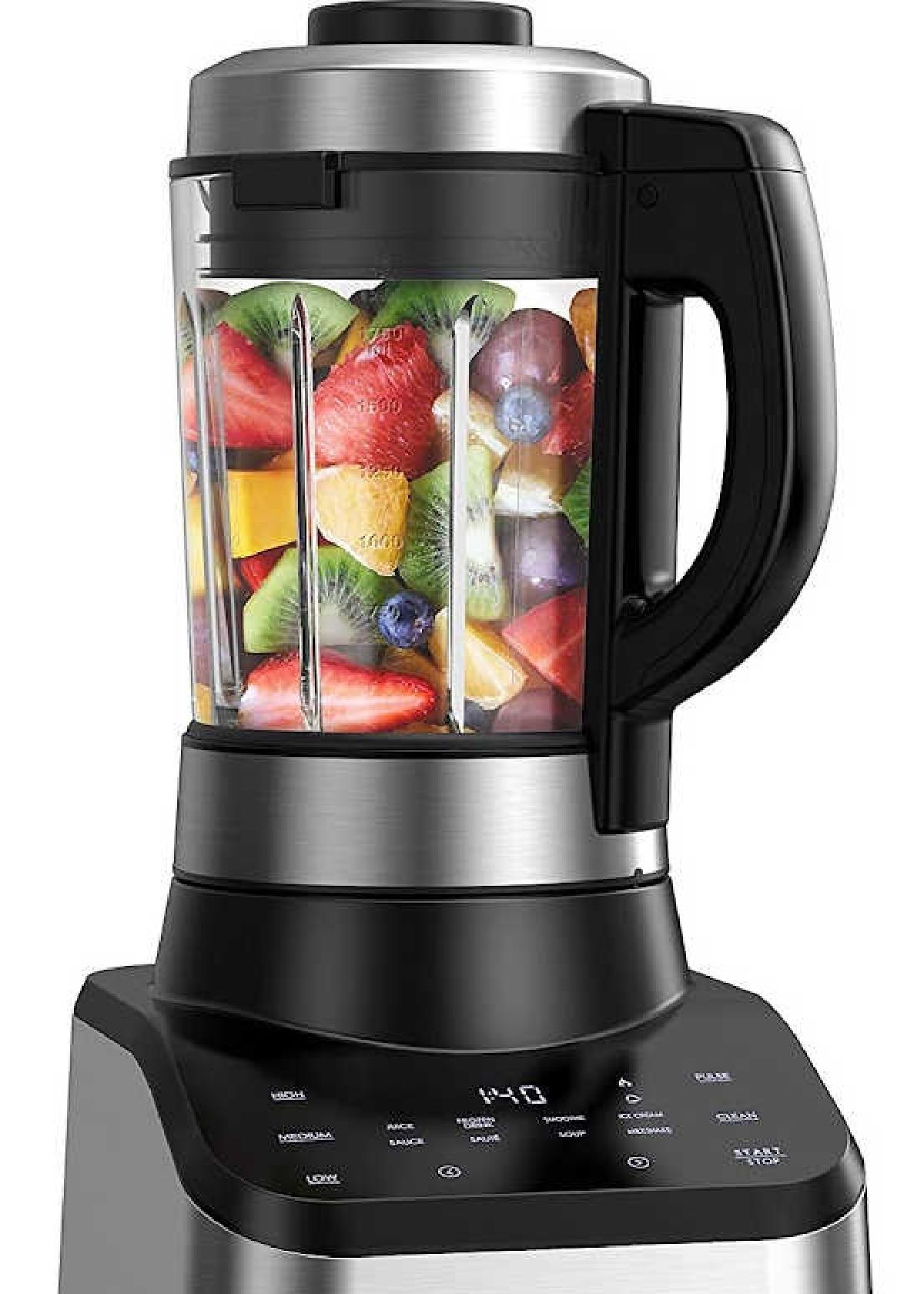
Pros:
- It is more powerful than an immersion blender, as it has a bigger motor and a larger pitcher.
- It can handle tougher and more extensive blending jobs.
- It's durable and can be used for a variety of tasks.
Cons:
- It's more expensive than other types of blenders.
- It's also bulkier and takes up space on your kitchen counter.



Countertop blender
3. Blender & Food Processor Combo
A blender and food processor combo is an excellent option for those who like to cook frequently. It works as a blender and a food processor, offering versatility, flexibility, and convenience in the kitchen.
These combos combine the best of two worlds: the countertop blender, and the traditional food processor. The food processor comes with interchangeable blades that allow you to chop vegetables, puree fruits, chop nuts, and knead dough.
The blender & food processor combo is great for making everything from smoothies to homemade cake and pizza dough.
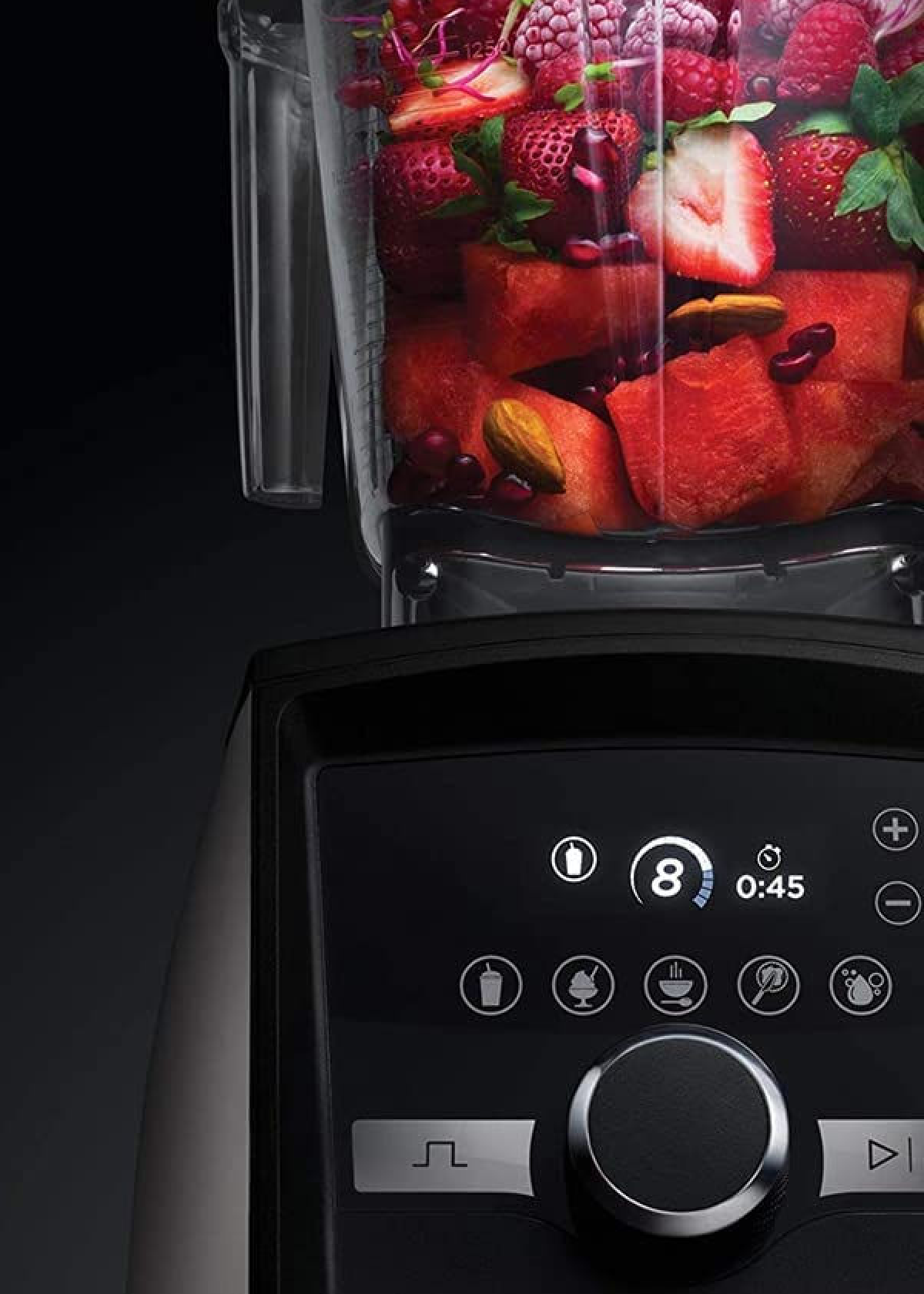
Pros:
- This type is versatile and has multi-functional capabilities to handle most food prep tasks.
- It can do pureeing, blending, cutting, chopping, slicing, and grating.
Cons:
- They tend to be more expensive than other types of blenders.
- It's bulkier with more attachments and discs compared to regular blenders, making it difficult to store away if you have limited kitchen space.


(3) Blender & Food Processor Combo vs Personal Blender (4)
4. Personal Blender
A personal blender is a small and portable blender that comes with a single-serve cup instead of a large jug. It's suitable for people who live alone, couples, or small families who need to blend small portions.
Not to be confused with stick blenders, personal blenders are great for blending individual smoothies and milkshakes on the go and making homemade salad dressings.

Pros:
- It is compact and takes up minimal space, fits small kitchens.
- It's ideal for single-serving use, and busy lifestyles.
- It's convenient and it provides excellent portability.
- It is easy to use, and affordable.
Cons:
- It's not suitable for heavier tasks like crushing ice.
- They can't handle large batches of drinks.



Making smoothie in a personal blender
5. Commercial Blender
A commercial blender is a heavy-duty blender used in commercial kitchens or smoothie shops where large volumes of food or drink are needed quickly. These blenders are highly durable, and powerful, often feature stainless steel jars, and are designed to withstand the constant use of a busy establishment.
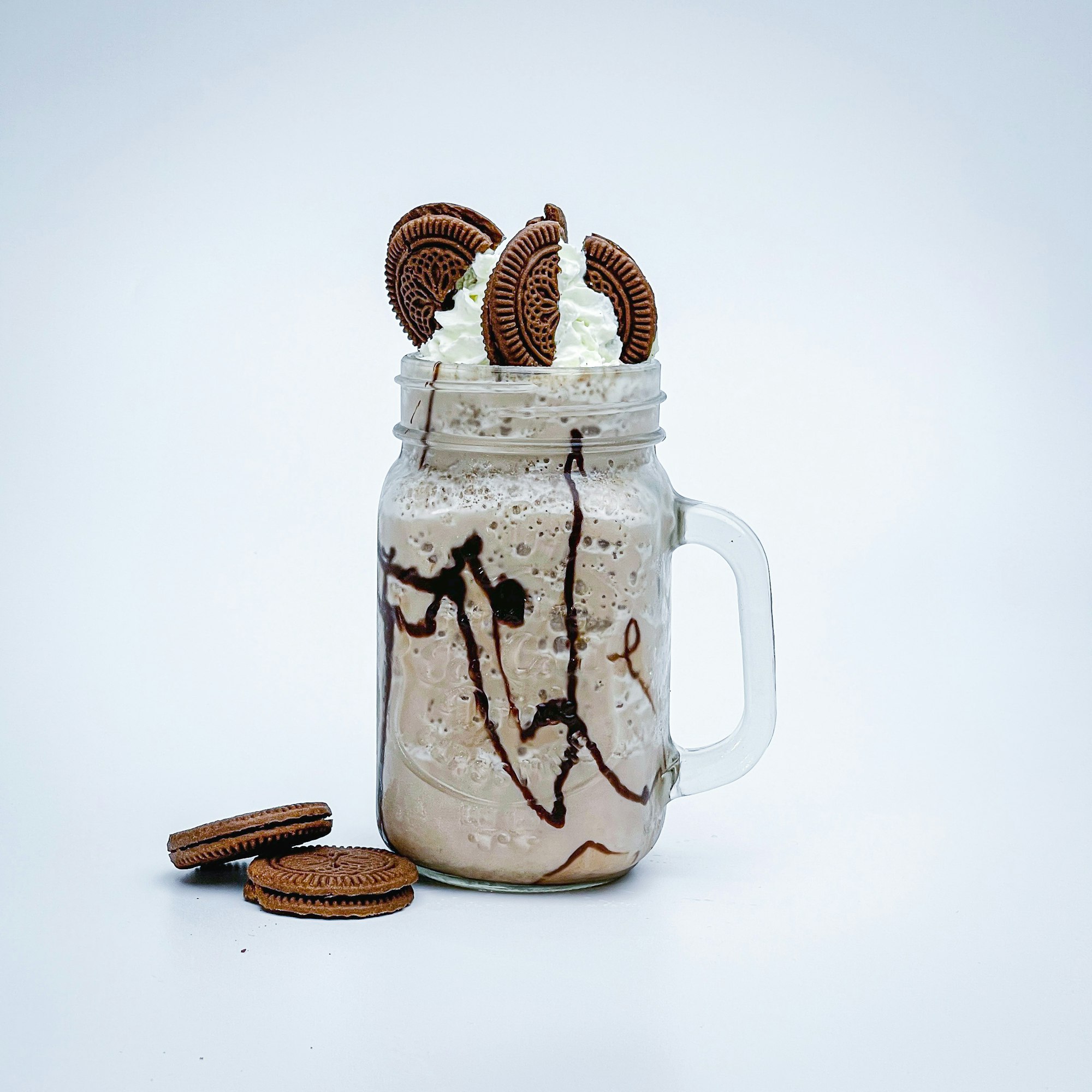
Pros:
- This type is built for commercial use, and powerful enough to handle high demand and frequent use.
- Its quiet operation is ideal for restaurants, cafes, smoothie and juice bars, and other food-service businesses.
Cons:
- They are typically more expensive than other types of blenders.
- They take up more counter space.


(5) Commercial Blender vs Blender Bottle (6)
6. Blender Bottle
A blender bottle is a shaker bottle or protein shake mixer that is perfect for people who are on the go. These "single-serve blenders" easily blend protein powders and other ingredients with your favorite drink.
This blender type is suitable for mixing protein, and pre-workout shakes, and is an excellent choice for fitness enthusiasts. It has a built-in shaker ball that helps mix the ingredients smoothly.
Pros:
- It's portable and comes in different compact sizes for various needs.
- It's non-electrical, blending is done by shaking.
- The blender bottle is easy to use, and clean, and is dishwasher safe.
Cons:
- It can't handle heavy-duty or tougher blending tasks.
- As it is limited to single-serving use, it can only handle small batches of ingredients at a time.
7. Bladeless Blender
The bladeless blender, also known as a disc container, has become increasingly popular in recent years. It is equipped with a small-powered motor and two high-speed blades that are housed inside a container instead of the traditional blender.
They are designed with a disc-shaped container and use an ultrasonic frequency to mix food. The blades move at a high speed, creating high-pressure waves that liquefy food.
Pros:
- It is suitable for small volumes of food and liquids.
- It's easy to clean and the container is dishwasher safe.
- It has quiet operation compared to traditional blenders.
Cons:
- It's less powerful and less efficient than a traditional blender.
- It lacks the chopping and ice-crushing abilities of a countertop blender.
- It can't handle tougher tasks and larger batches of ingredients.
- It tends to be more expensive than other types of blenders.


Personal Blenders
Making Smoothie In A Blender
Blenders Buying Guide
What criteria to consider when purchasing a blender? There are many factors to keep in mind when choosing the right type of blender for your needs. Here are a few:
1. Size & Capacity:
- Size and capacity are important factors to consider when choosing a blender.
- Consider how much you cook and the amount of food or beverages that need to be blended.
- Consider the size of the blender and if it can fit on your countertop or in a cupboard.
2. Functionality & Attachments:
- Most blenders come with extra features and attachments that can be used for different tasks.
- Think of what types of foods you will blend and if the blender can handle those tasks, and choose accordingly.
- Depending on the model, look for additional attachments like a tamper tool, different blades, and discs for added convenience.
3. Motor Power:
- Blenders with higher-wattage motors are more powerful than those with lower-wattage.
- Higher power blenders can handle heavy-duty tasks like crushing ice, nuts, and seeds quickly and efficiently.
- But if you are only using it for smoothies or light blending, then a lower-wattage model will do the job.
4. Speed Settings:
- Different speeds allow you to adjust the blender’s performance for different tasks.
- Multiple speed settings provide more control and versatility when blending food or beverages.
5. Additional Features:
- Some blenders come with additional features like pulse function, digital timers, preset programs, remote control, and even self-cleaning functions.
- These can be useful if you are looking for more convenience and flexibility in the kitchen.
6. Price:
- It is important to consider your budget when purchasing a blender.
- The price of a blender will vary depending on the type, brand, size, and features.
- Check out different models and brands to find one that fits your needs and budget.
- Invest in a high-quality blender that is more durable, and can last for years with proper care and maintenance.



Different Types Of Countertop Blenders
Types Of Blenders FAQs
Here are some of the most commonly asked questions about types of blenders:
What is the best type of blender for crushing ice?
The best type of blender for crushing ice is a commercial blender with high wattage and multiple speed settings.
They are more powerful than regular blenders and can handle tougher tasks like crushing ice easily and are less noisy.
But no worry, most countertop blenders, provided they are at least 800-1000W, can crush ice as well. They just make more noise.
Which type of blender is best for smoothies?
Countertop blenders with glass jars are ideal for blending ice and smoothie ingredients. They are equipped with powerful motors and multiple speed settings, making them perfect for creating thick and creamy smoothies and milkshakes. But you can also use stick blenders to make smoothies.
What is the best type of blender for small batches?
Strictly speaking, a single-serve blender or a personal blender is the best type of blender for small batches. These portable blenders are designed to blend individual servings and are compact, lightweight, and easy to use.
Immersion blenders, however, are second best, and have more possibilities and features.
What is the best type of blender for making soups?
An immersion blender with multiple speed settings and a long shaft and blade make it easy to blend ingredients directly in the pot.
They can easily blend and puree ingredients to create thick and creamy soups quickly without transferring ingredients between blenders and pots.
The second best for making soups is the countertop blender. Its blender jars have a large enough capacity to make a decent amount of creamy soup.
What is the best type of blender for making baby food?
High-power countertop blenders are the best type of blender for making baby food.
They can break down tougher ingredients and reduce them to a smooth, creamy consistency. They can also be used for making nut butter and cooking hot foods while blending.
The second best for baby food is the immersion blender, as it can easily deal with small batches.
What is the best type of blender for a wide variety of food?
A multi-function blender food processor combo is the best type of blender for a wide variety of food.
These blenders come with a mixing bowl, a glass jar, and attachments, making them ideal for blending, mincing, chopping, pureeing, grating, shredding, whipping, and grinding different types of ingredients.
They are also excellent for making smoothies, sauces, and soups; handling nuts, crush ice, making dough and cake batter, mincing vegetables, and more.
Which type of blender is the most durable?
Commercial blenders are the most durable as they are built to withstand frequent and heavy-duty use. They are also powerful and quiet, making them an ideal choice for busy restaurants and food-service businesses.
Are there blenders without blades?
There is such a thing as a blender without blades. These blenders are typically called disc containers or bladeless blenders. They are designed with a disc-shaped container and can be used to blend, chop, mix, puree, or emulsify food without blades.
They are powered by a motor and use an ultrasonic frequency to mix food. The disc container vibrates at a high frequency, which helps in breaking down the food particles.
However, it's less powerful and less efficient for blending thick or solid ingredients. Additionally, it is more expensive than a traditional blender with blades.
Can I use my blender as a grinder?
Some blenders come in combination with a food processor, and a dry-grind or mill attachment that makes it possible to grind coffee beans, nuts, hard spices, and grains.
However, most blenders are not designed for grinding and may overheat or break if used for that purpose. If you want to grind food or ingredients, it is best to buy a dedicated grinder.
Can a blender grind flour?
A blender is not designed for grinding flour. The blades of the blender cannot get fine enough to create a powdery texture. It is best to use a food processor, a dedicated grinder, or a mortar and pestle to grind flour.
Can a blender make dough?
A regular blender cannot make dough. A stand mixer or a food processor can take care of that. Consider kneading the dough by hand.
Blenders are not designed to knead the dough as they cannot generate enough friction or pressure. In addition, the blades of the blender are simply not designed for that purpose.
However, some blenders come as a combo with food processors that have a dedicated dough blade attachment. But then, of course, you use the food processing unit, not the blender unit.
Can blender blades rust?
It rarely happens but blender blades can rust. Since they are made of metal and exposed to moisture, they can easily corrode or rust. To prevent this, it is important to properly clean and dry the blender parts right away after each use. Additionally, it is best to store the blender in a dry place as well.


Various Types Of Blenders
Best Blenders 2023 | Valid Consumer
Choosing the right and best blender for your kitchen requires careful consideration of your needs and lifestyle. Go ahead and invest in a blender that will help take your culinary creations to the next level!
We hope this guide has helped you understand the different types of blenders and make the best decision based on what works best for you.
Happy blending!
Catchy Finds




